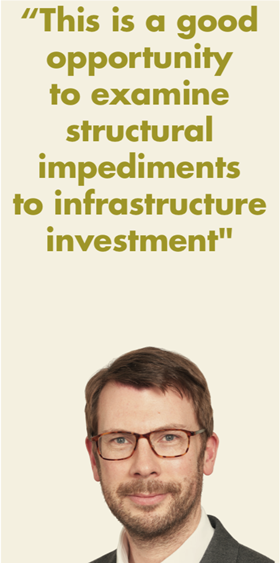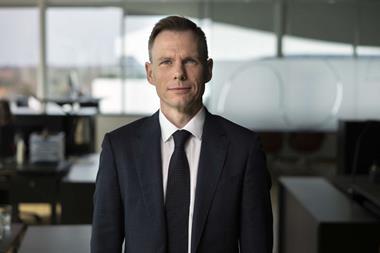Looked at collectively, or even individually, the cashflow needs of Europe’s defined benefit (DB) and hybrid pension schemes are huge and potentially challenging given the scale of income generating assets needed to help service them.
The Netherlands’ largest scheme ABP paid about €1bn monthly in pension payments in 2019, according to its accounts. The €62bn closed DB scheme of the UK’s telecoms provider BT needs to pay out €2.8bn annually to meet liabilities. UK DB and hybrid pension funds paid €18.3bn in the last quarter of 2019, according to the country’s Office for National Statistics.
There’s no news in this of course. Transitioning at scale to robust income generating assets has been underway for years. Asset managers have developed cashflow-driven strategies in parallel.
Supply and demand is another matter, however, and income generating asset classes like infrastructure and alternative credit have been in high demand, which also explains their low market yields.
According to the G20 Global Infrastructure Hub last November, total infrastructure investment rose by 5% a year over the decade to end-2019, as measured by transactions with private participation. Yet at the same time, this has been achieved by recycling capital through secondary market transactions rather than primary market investment in new projects.
Indeed, new investment in greenfield or brownfield infrastructure projects declined over the decade, from $156bn in 2010 to $106bn in 2019 (€128bn to €87bn).
In its policy responses to COVID-19 published last June (Building back better: A sustainable, resilient recovery after COVID-19) the OECD made an explicit connection between future social resilience and greenhouse gas (GHG) reductions on a path to net-zero emissions.
Other recovery priorities include boosting social inclusion in areas like the digital economy. These trajectories require infrastructure investment, which also creates employment and growth, sorely needed as economies rebuild and recover.
Long-term capital will also be needed from institutional investors including pension funds to finance this.
Countries like the UK developed Public-Private Partnership models for infrastructure financing, construction and operation. Yet these are seen as costly and opaque, with too much risk for private sector players. There has also been little incentive for pension funds to get involved in greenfield projects, which take on construction risk. Existing models involve complicated value chains with too many intermediaries between pension capital and the underlying asset.
There is a good opportunity to reduce these frictions and costs by directly involving pension funds and interests. Reducing costs, thereby boosting returns and income, should help to crowd in pension capital.

Writing in this month’s IPE, the CEO of Australia’s IFM Investors argues for a new model for infrastructure investment, with pension capital at the core. Based in Melbourne, IFM’s owners are 27 employee superannuation funds.
IFM’s proposed model is aimed at the UK but has wider potential application. It involves a government tender for long-term equity ownership of each asset, using an IRR range and balancing construction risk and with a fair rate of return for pension members’ savings. Preferred bidders, which would need to be large and experienced entities, would work with government on design, construction and delivery.
This of course requires large and sophisticated entities like IFM to deliver, which means it is important for competitive pension capital to come together either through consolidation or other mechanisms in order to sit in pole position. For smaller institutional investors, transparent and cheap long-term fund vehicles will also be required.
As we enter 2021, this is a good time for policymakers and influencers to examine the structural impediments to infrastructure investment and to create robust future models that will crowd in pension money – in the future including both growth-seeking DC pension assets as well as traditional DB and insurance capital.
The G20/OECD Report on the Collaboration with Institutional Investors and Asset Managers on Infrastructure from last July includes recommendations from institutional investors. They have spotted opportunities to rethink infrastructure needs, and to mobilise the necessary policies and priorities.
Collaboration, engagement and partnership with private sector players like pension funds is clearly an ongoing process – which given DB pension funds’ growing cashflow needs is all the more urgent. They should grab every opportunity to shape the investment vehicles that can both meet their income requirements and their need to participate in the greening of society.
Liam Kennedy, Editor
liam.kennedy@ipe.com


















No comments yet